► Geely group offshoot’s D-segment e-SUV
► Up to 630bhp or 382 miles of range
► Plenty of promise, but needs more polish
Although you might not be familiar with the Zeekr 7X, or indeed Zeekr itself, there’s a good chance you’ve seen or possibly even own one of its electric SUV cousins. That’s because underneath the not unattractive SUV body is Geely’s SEA architecture that underpins a few Volvos, Polestars and Smarts.
Zeekr is a Chinese brand, albeit one with a distinctly European focus. While the factories and owner Geely are in China, you’ll find its design and engineering departments are in Gothenberg, Sweden, and Zeekr’s head office is in Amsterdam. Similarly, many of its team are European, and the cars have been developed with European tastes in mind.
It’s therefore not some bargain-basement MG rival, more of a slightly cheaper alternative to premium e-SUVs such as the Mercedes EQE SUV, BMW iX3 and Audi Q4 e-tron. Expect to pay around €53,000 for a base rear-drive car with the smaller 75kWh battery, with the top-spec 100kWh twin motor still less than €60,000.
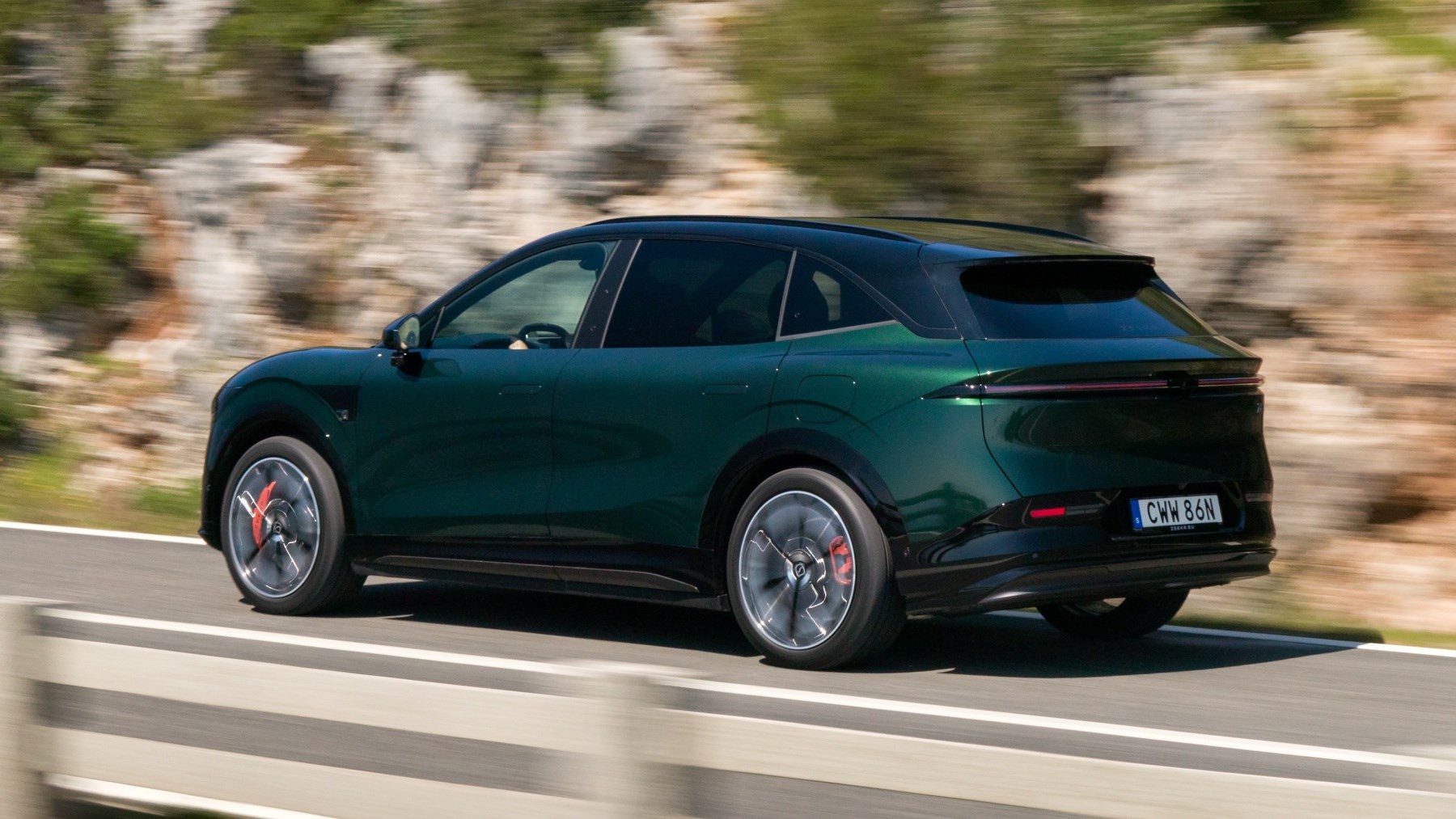
Yes, those prices are in Euros because you can’t buy a Zeekr here yet. Expect to wait around 18 months until UK sales start complete with right-hand drive cars. As you’ll find out in this review, that’s not necessarily a bad thing. Scroll down to find out why, and if you’re curious about how we test, there’s an explainer page just for you.
At a glance
Pros: Stonkingly fast, cushioned ride, high-quality and tech-packed interior,
Cons: Sketchy handling in ESC Sport or off, overcomplicated touchscreen, dead steering, it doesn’t feel finished
What’s new?
This is Zeekr’s third car and is most closely related to the upcoming Smart #5. It joins the 001 saloon and shooting brake along with the compact X SUV. Judging by the other models, names are decided by throwing some numbers into a bag of Scrabble letters and seeing what you pull out.

The whole car has been designed around an 800v architecture that provides exceptionally rapid charging speeds and impressive efficiency levels from the electric motors. Single motor cars get steel springs and fixed dampers for the double wishbone front and multilink rear suspension, with the dual motor gaining air suspension with adaptive dampers.
You get a large 13-inch driver’s display, huge 16-inch touchscreen and the option of a giant 36.2-inch head-up display, and there’s even electrically operated doors available. There’s a definite Tesla vibe going on, albeit with far better build and a handful more buttons.
What are the specs?
Entry-level Core gets a 75kWh LFP battery and a single motor on the back axle. Officially it’ll do up to 298 miles on the WLTP combined cycle, with the 410bhp e-motor punching it from 0-62mph in 6.0 seconds flat. Blame the porky 2,395kg kerbweight for the slower than expected acceleration, although it’s still plenty fast enough for a family bus.
Long Range RWD swaps out the LFP pack for a more energy-dense NMC one with 100kWh of capacity. Impressively, it only increases total kerbweight by 20kg despite boosting range to a much healthier 382 miles. Power and performance remain the same.
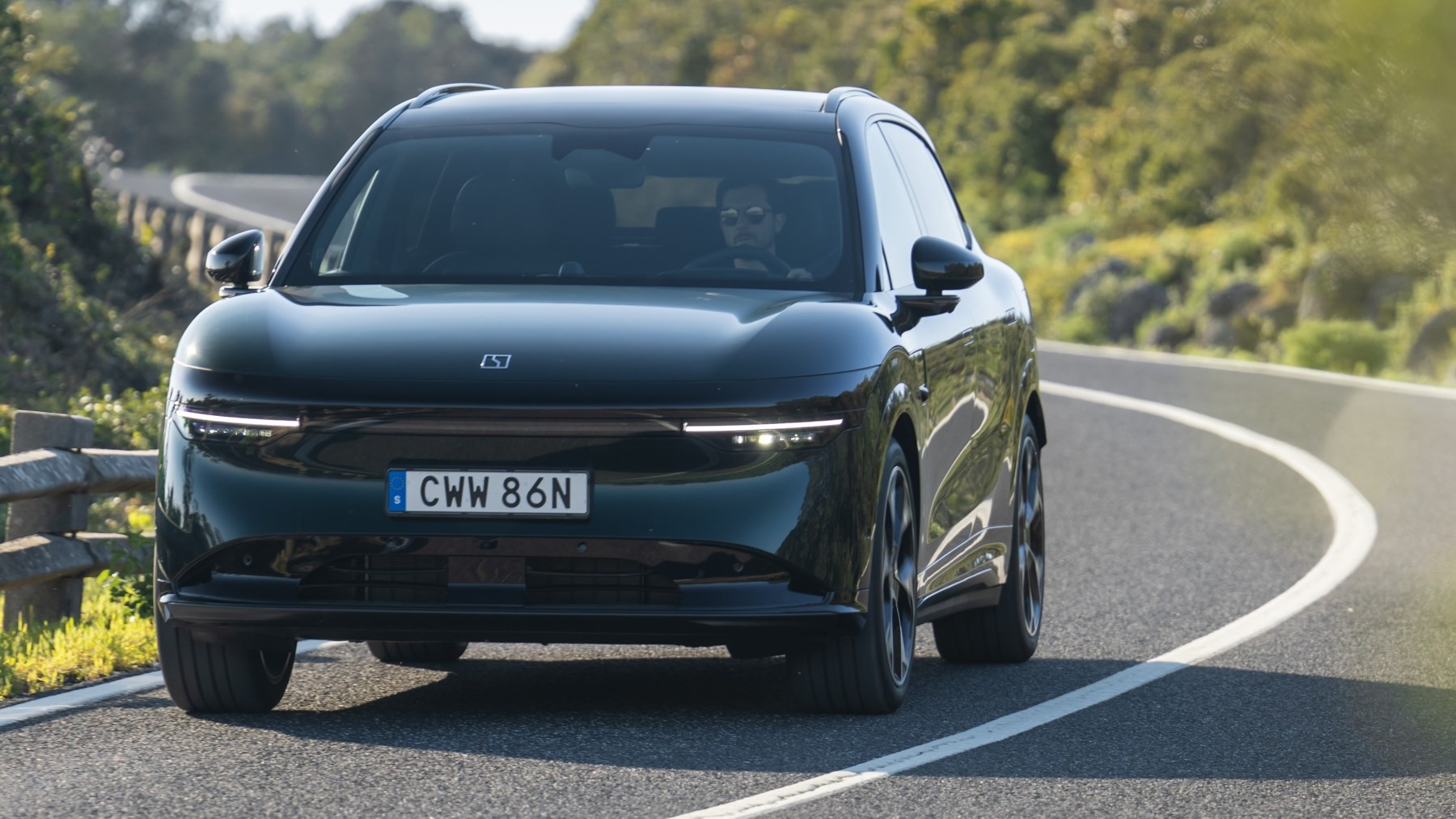
At the top of the model lineup is the 100kWh AWD Privilege which adds an electric motor to drive the front wheels, boosting power to a heady 630bhp and dropping the 0-62mph time to just 3.8 seconds. Range falls to a still useful 337 miles, and you gain four-piston calipers up front on top of the air suspension system.
The most impressive set of numbers have to be the charging speeds. Both batteries can cope with up to 480kW charging speeds, although at the time of writing no public charger can support this rate. At a mere 360kW, 10-80% takes 13 minutes for the 75kWh pack and 16 minutes for the 100kWh. Take that Kia and Hyundai.
How does it drive?
So far I’ve only sampled the twin motor Privilege, which in a few button presses turns from pleasant cruiser to unhinged lunatic. Bizarrely, the physical Mode button below the touchscreen only changes the powertrain setting and nothing else, leaving you at least two prods of the screen and some scrolling away from tweaking everything else.
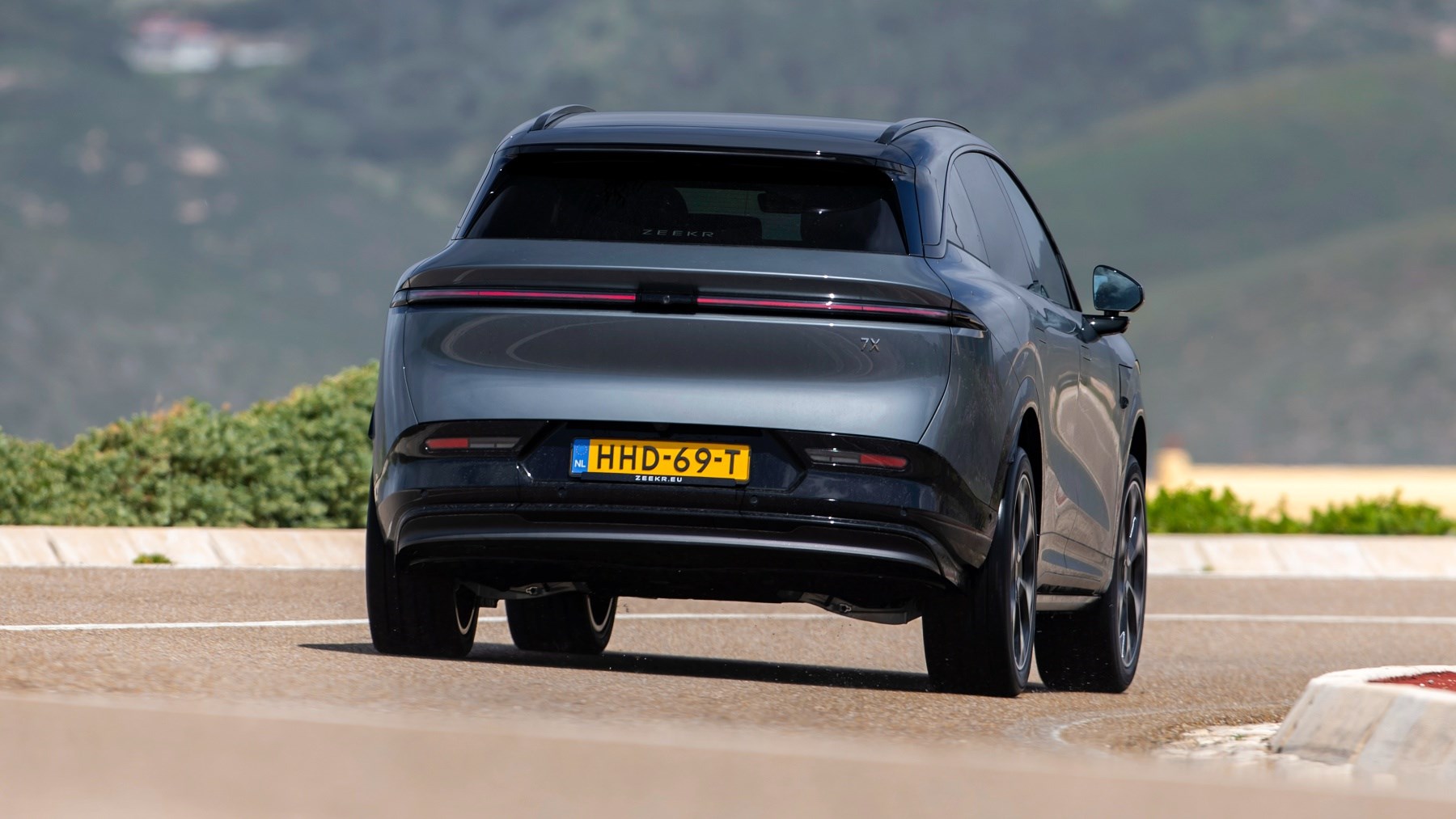
Personally, I’d be tempted to stick everything but the overly light and almost entirely mute steering in Comfort and leave it there forever more. You don’t get the full 630bhp, but performance is plentiful for family duties and the ride is delightfully cushioning once you’re over 20-30mph or so. Below this things are more fractious, with plentiful head toss over bumps and ruts.
Standard mode brings some welcome additional weight to the steering and a bit more poke. Body control is a bit tighter without any great deterioration in ride quality, although you will start to notice the Zeekr’s Achilles heel, the chassis just can’t handle the firepower on offer.
Even with the ESC fully on, you’ll hear and feel tyres spin up briefly as you accelerate from low speeds, with full force Sport mode for the powertrain giving the traction control a right workout. You’ll definitely want the suspension in Sport to help corral all those wild horses, but even then you feel the nose rise as you nail the throttle before the unloaded front tyres start to struggle for grip. I even check to make sure there isn’t a questionable rubber choice. It’s on Michelin Pilot Sport EVs.
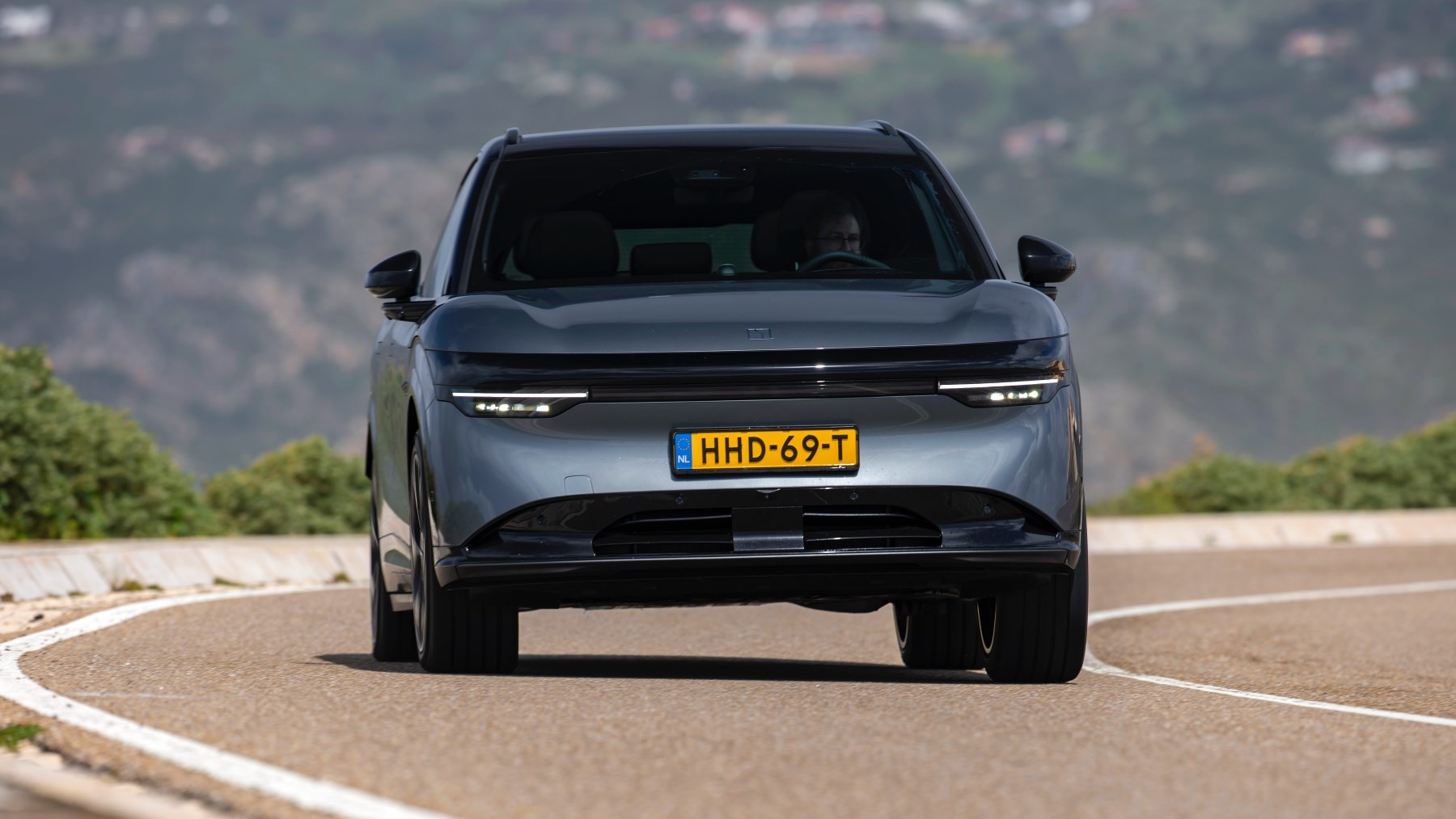
Admittedly, I’ve never seen Portugal so sodden, although the traction control felt surprisingly reactive to slippage and rather slow to catch it. Thinking that a bit of slippage might help things, I decide to try ESC Sport mode which starts to reveal some very inconsistent handling.
The glassy steering means it’s easy to get the front tyres pushing wide, with the stability control at times upsetting the balance of the 7X, pushing it into oversteer before the ESC clumsily steps in once more. I try a slower entry and find that once again there’s initial understeer on the way out of the bend before power is shuffled to produce some oversteer. There’s also a weird old-school turbocharged style delay between you lifting off the accelerator and power being shut off to keep things extra dicey.
Maybe these clumsy interventions are making things worse? Maybe I should just turn everything off? It is supposedly a performance SUV after all, so perhaps there is some fun to be had?
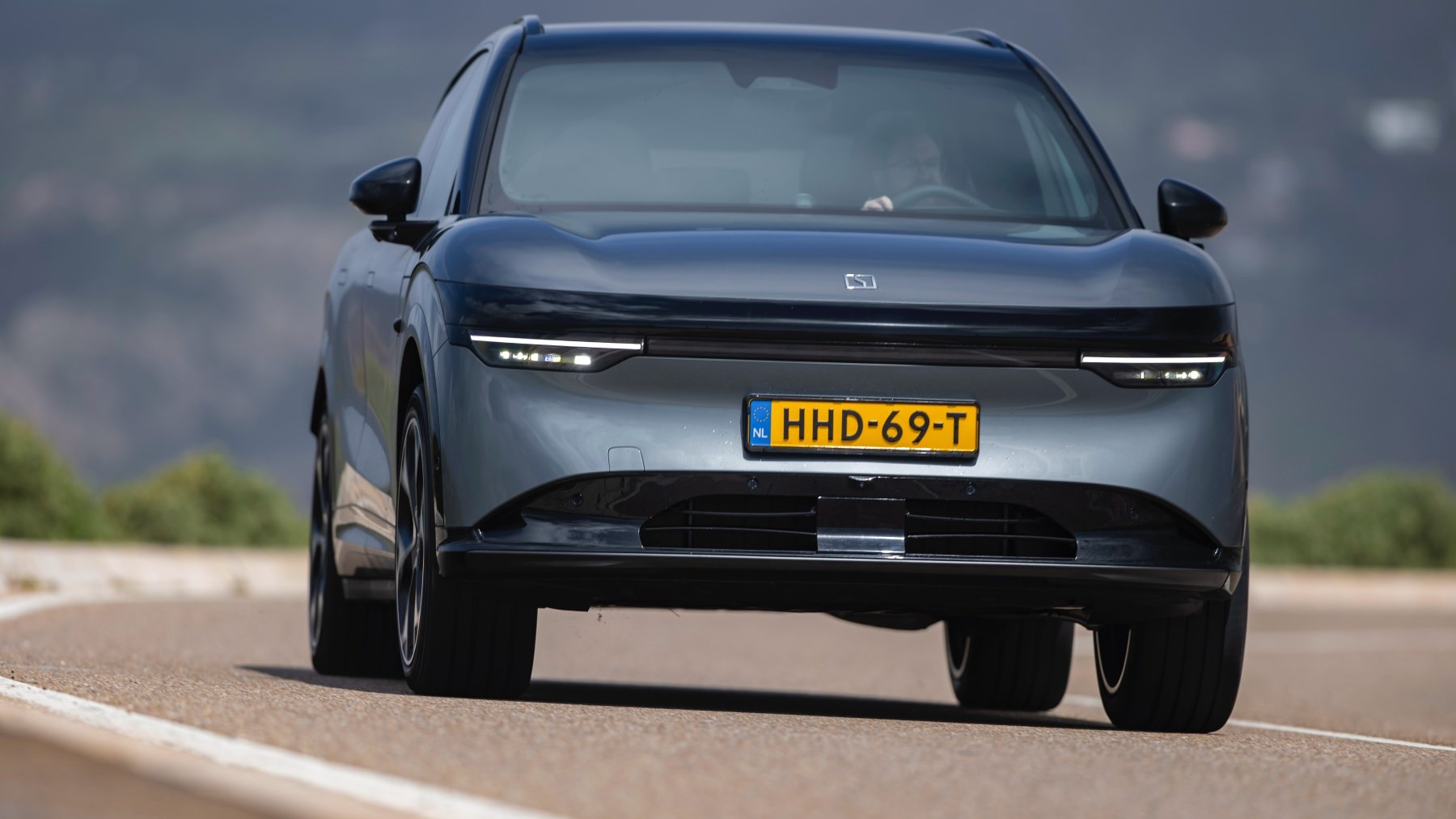
I’m approaching a wide hairpin followed by a long straight, so I scrub off some speed, get the 7X turned in and wait until I can see up the road. We’re clear, so let’s see what happens. Squeeze the throttle and there’s the understeer, so I lift and reapply the throttle. This time a huge glob or torque is fired at the rear tyres as the front axle seems to go on break.
The 7X’s ample rump swings around with ferocity as I start winding on opposite lock like my life depends on it. I don’t quite hit the lockstops before the front axle wakes up a little and helps me straighten things out. It doesn’t need a corner to exhibit outrageous behaviour either, a floored throttle from a tollbooth first spinning up the front tyres before the rears also break traction up to about 90kmh. It. Is. Wild.
It’s also not a surprise. A few years back I drove the SEA-based Smart #1 Brabus on these very same roads and discovered some similar traits, leaving you unsure what it was going to do in a bend and rather sweaty palmed. Needless to say, most of the 7X’s rivals handle far better, even if they don’t go as fast.
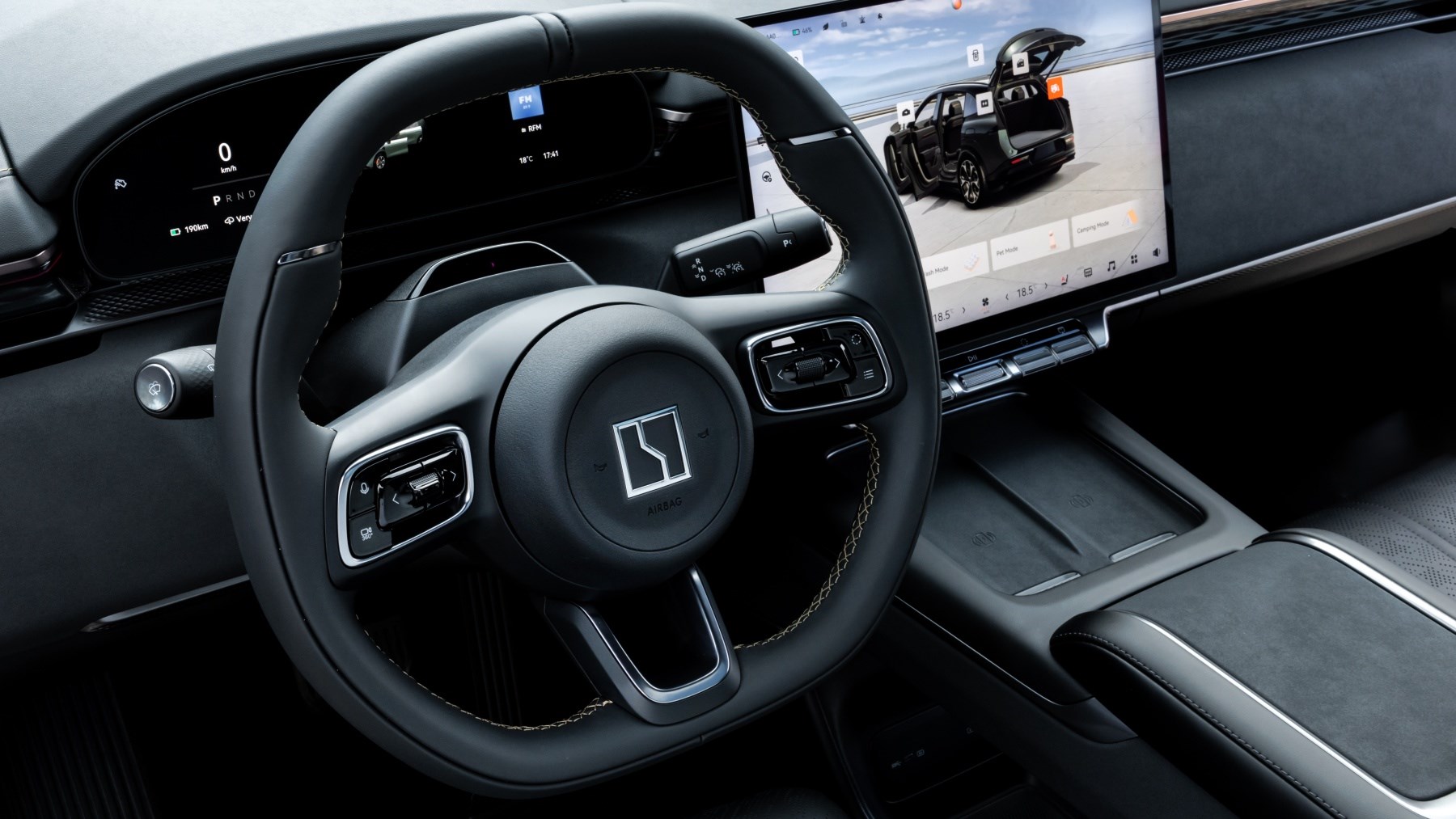
What’s it like inside?
The 7X is a bit longer than most of its direct rivals and you really feel it inside. Head and legroom up front are plentiful, and those in the back are unlikely to be too unhappy. Four six-footers could go on a long journey and not feel hard done by at the end.
Boot space isn’t class leading at 539-litres (including some underfloor storage), if by no means small, and there’s a frunk of up to 66-litres under the bonnet. Cabin storage is OK, but the prominent Tesla-style double wireless charger is a distraction if your device is on it, and less useful than a cubby.
There are some physical switches underneath the touchscreen, but they just don’t do what you want them to. One is at least configurable, although cabin temperature isn’t one of the options, sadly. The infotainment screen itself is also reminiscent of a Tesla Model Y, spanning 16-inches with sharp graphics and responses. I found it a bit much to use on the move, with busy menus and small icons.
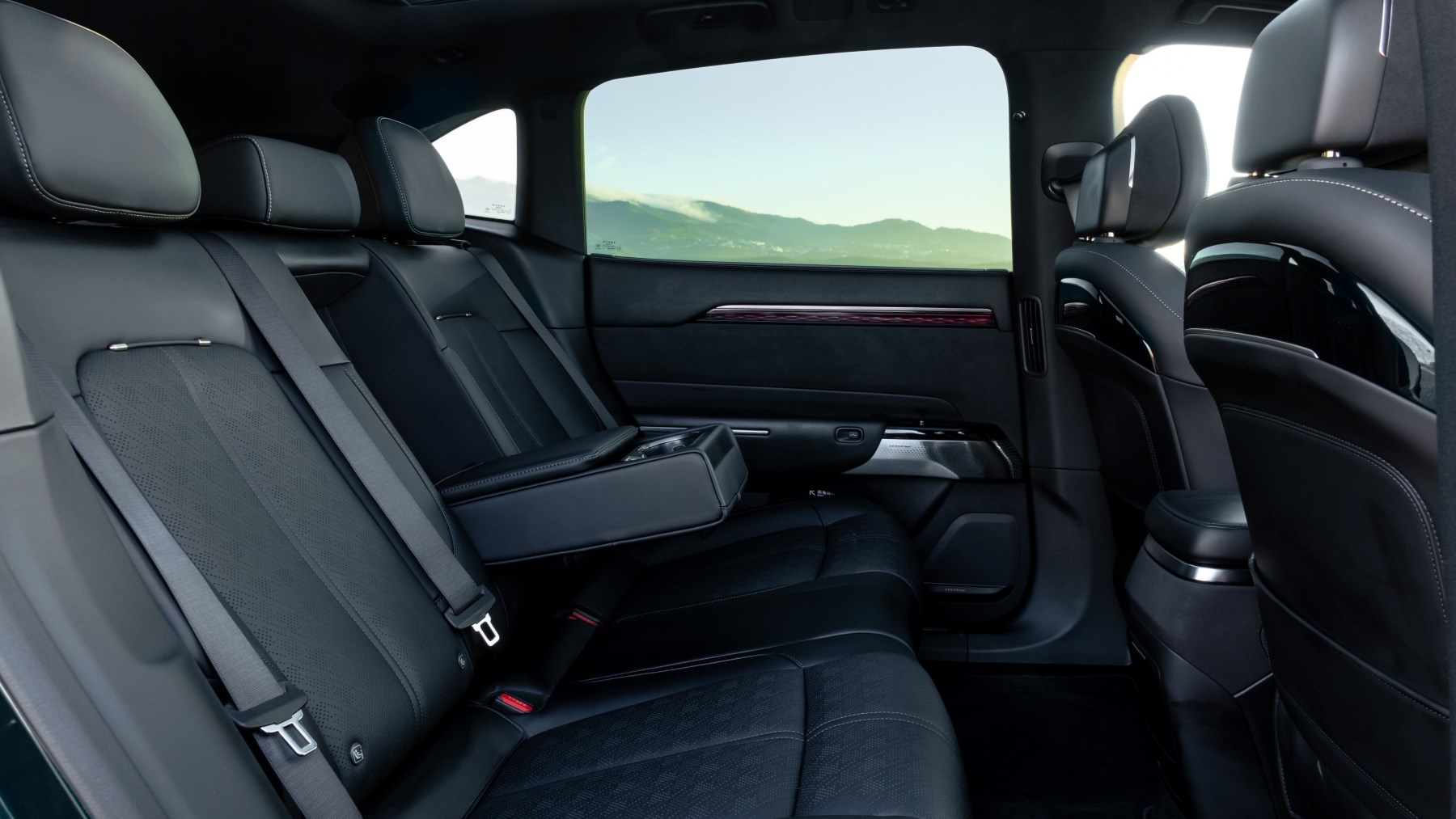
What does impress is the quality. The Nappa leather of our test car helped, yet it’s the quality of the plastics along with the fit and finish that impress. A Mercedes EQE SUV could learn a few lessons here.
Before you buy – trims and rivals
75kWh RWD Core kicks off the range and gets you the 16-inch touchscreen, a 13-inch driver’s display, 19-inch alloy wheels, powered front seats, assisted driving tech, matrix LED headlights, a panoramic sunroof and textile upholstery.
Upgrade to the 100kWh Long Range RWD and you get electric adjustment for the steering wheel with memory and an automatically dimming driver’s door mirror. You also open the door to optional 20-inch wheels, green exterior paint, Nappa seats and the Cockpit Package. This consists of an augmented reality head-up display, 21-speaker stereo with headrest speakers and an air fragrance system.
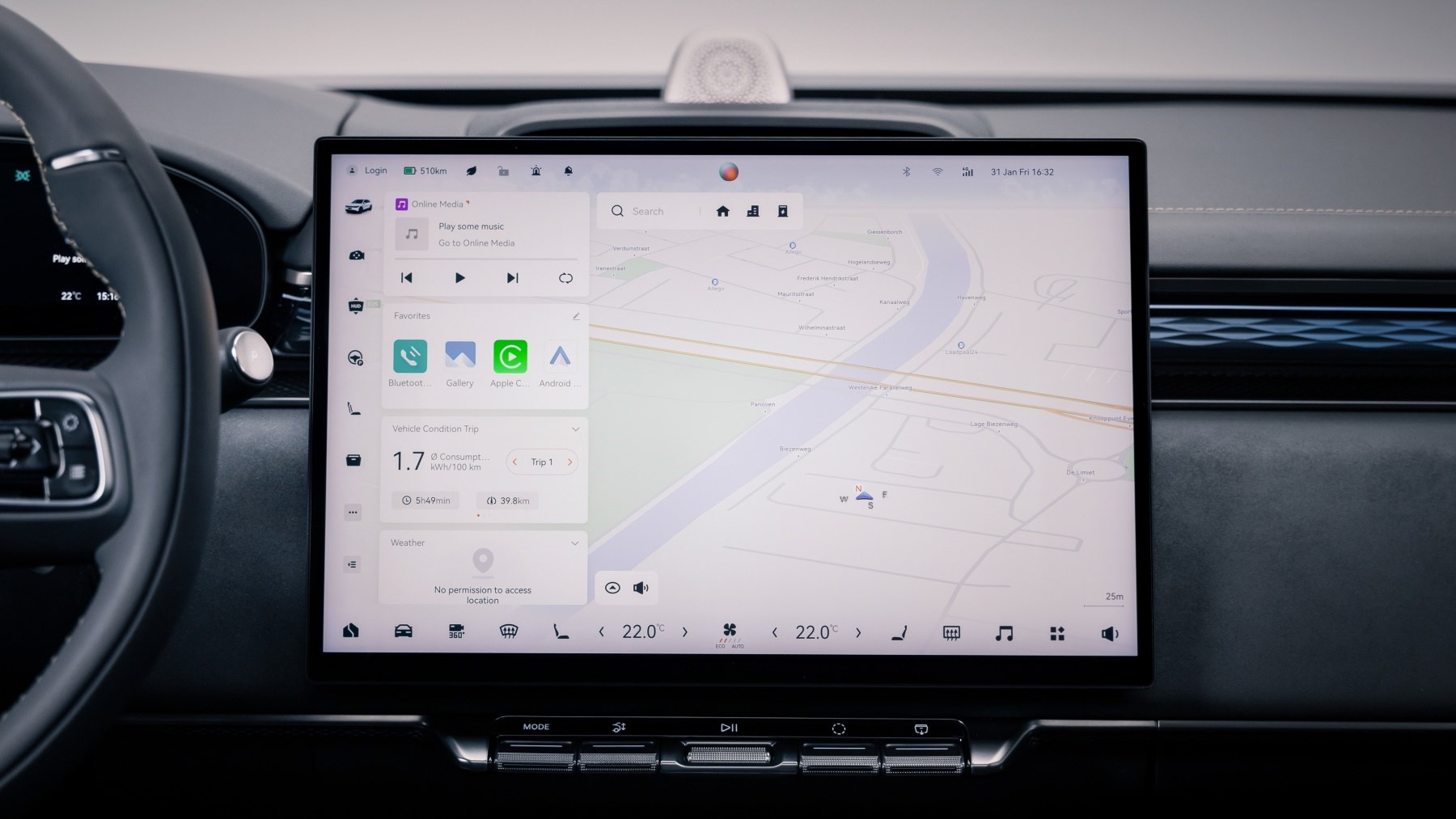
Privilege AWD 100kWh gets 21-inch wheels, air suspension, four piston front brake calipers and Nappa leather as standard. Your only option is the Comfort Package which is the Cockpit Package plus ventilated and massaging front seats, powered sunblinds for the rear side windows and electric front and rear doors.
Verdict
Driven in a normal fashion, there’s a lot to like about the 7X. The level of luxury inside impresses, and it doesn’t feel like a sheen of plush materials over a rickety base, either. Space is good and the charging rate is class leading. It’s not cheap to buy, but it does feel like good value given what’s on offer.
However, I suspect the single motor version makes a great deal more sense. As much as I love being pinned to the seat under hard acceleration and fast cornering, the AWD 7X’s chassis feels like it’s barely able to control the power being delivered. I’d take a bit more range and a slower 0-62mph time quite happily.
Zeekr representatives were keen to get feedback, and certainly seemed interested in what journalists had to say. Given the amount of electronic control in the car that could be tweaked via an over-the-air update, it could get an awful lot more recommendable by the time it reaches UK shores. With four months given as the time between feedback and an update, there’s plenty of polishing time ahead.